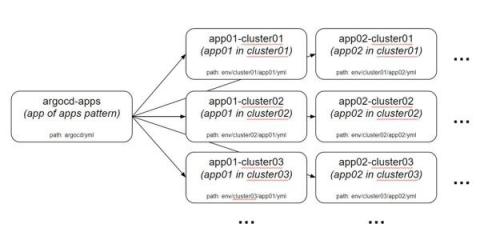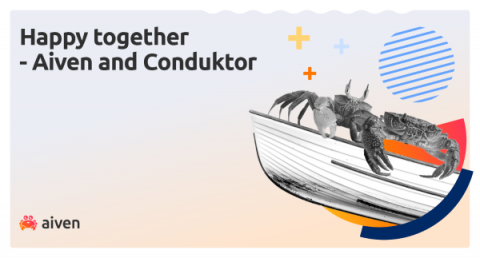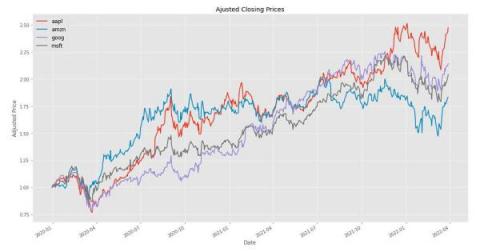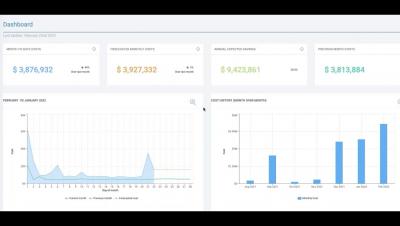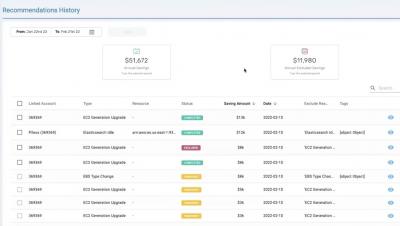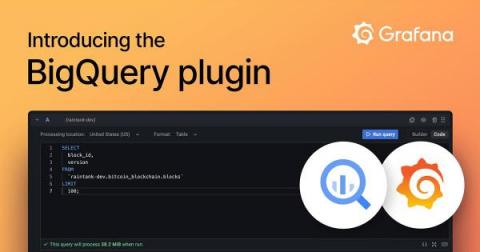Deleting Production in a Few Easy Steps (and How to Fix It)
It’s the type of nightmare that leaves developers in a cold sweat. Imagine waking up to a message from your team that simply says, “We lost a cluster,” but it’s not a dream at all. InfluxDB Cloud runs on Kubernetes, a cloud application orchestration platform. We use an automated Continuous Delivery (CD) system to deploy code and configuration changes to production. On a typical workday, the engineering team delivers between 5-15 different changes to production.


